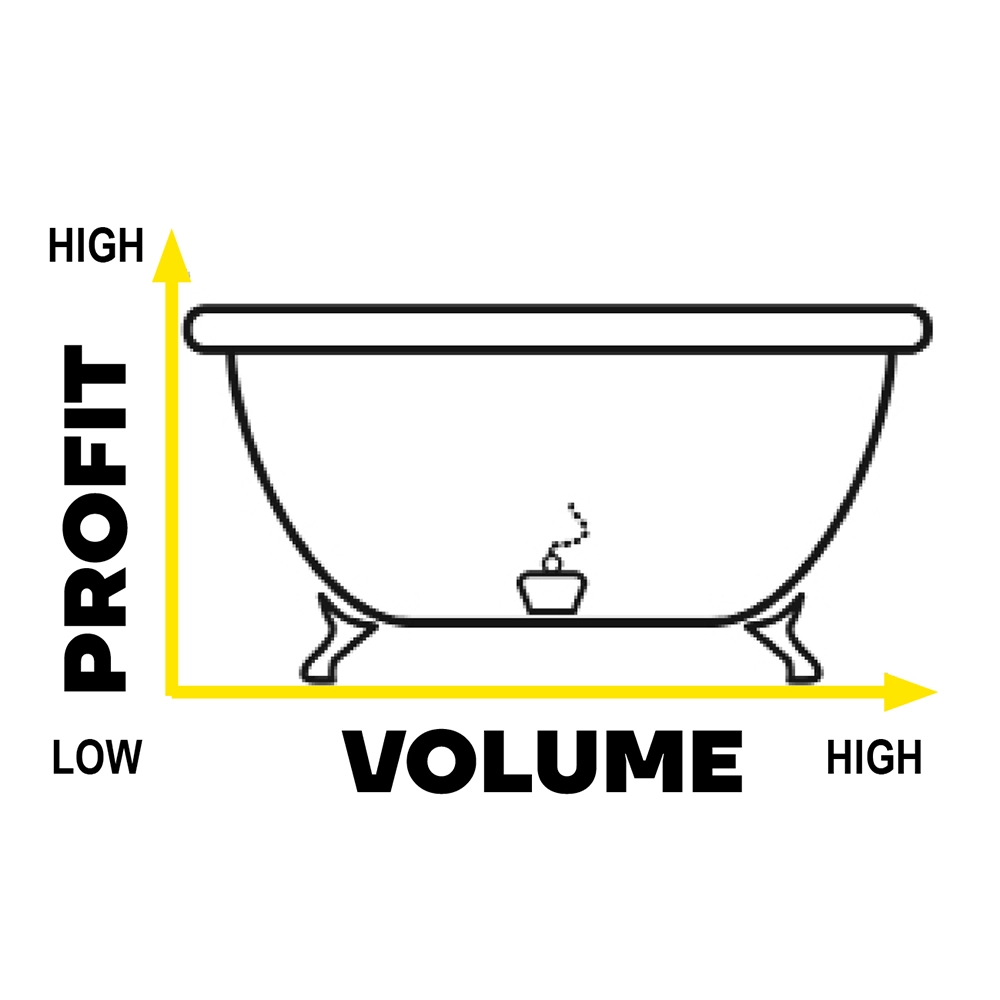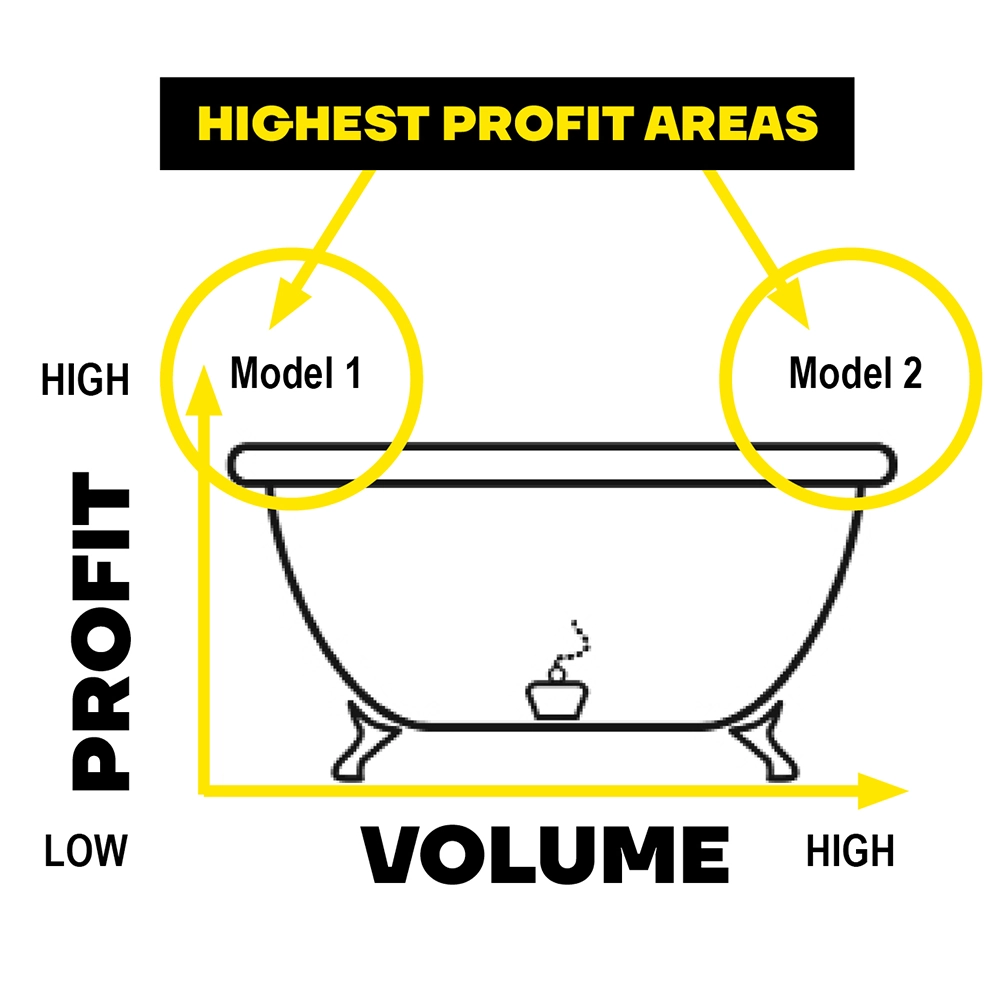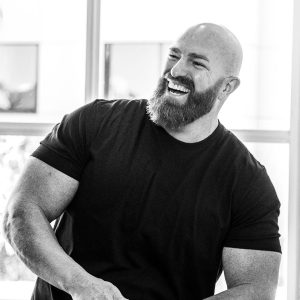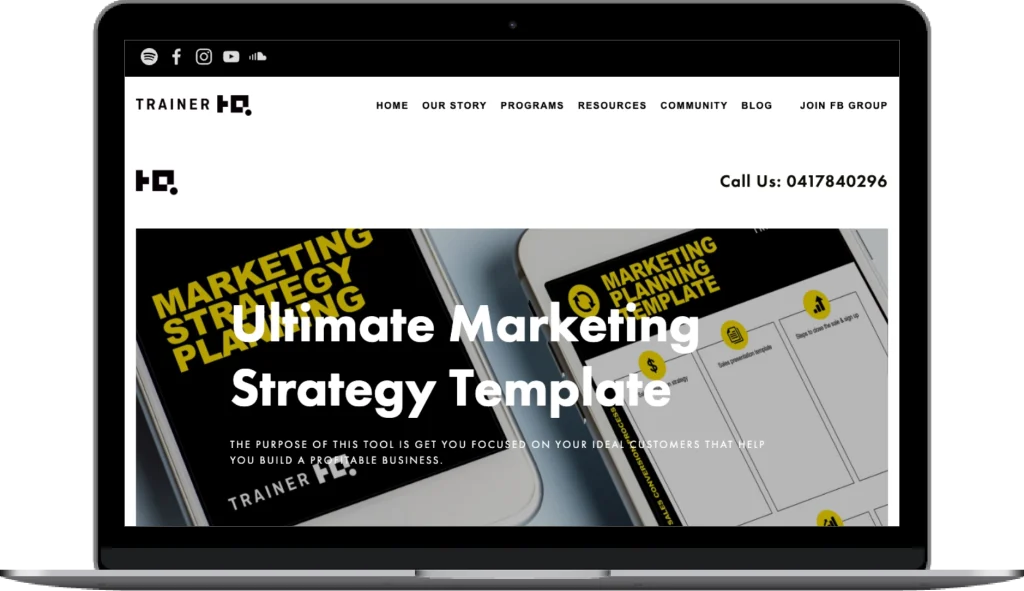MARKETING


Finding Your Niche
Just like a strong grip allows you to pound weights all day long, a considered approach to your marketing will be the cornerstone for business growth. Marketing is where you clarify what you stand for, how you differ from the rest and, most importantly, who you can best help.
With this in mind, the first thing that any fitness professional needs to understand is that you’re actually in a marketing and sales business. The more you embrace this concept, the greater your chances for success.
The ideal client
Being in the fitness industry, obviously everyone could be a potential client. But marketing to everyone is only slightly more effective than marketing to no-one.
The best thing you can do is become clear about exactly who your ideal client is. This means understanding what they look like, what they sound like, and how they behave. You’ll need to be clear on what their fears, concerns and frustrations may be when it comes to achieving their health and fitness goals. Only then, can you fully appreciate what solutions you offer that can best help them.
And when you have this part clear, it’s going to be a lot easier to get cut-through with your marketing messages.
commonly asked questions and answers
Following are a few commonly asked questions and answers that might help you in the process to identify your ideal target market:
- If I choose a target group or niche market, do I need to exclude all others?
- Absolutely not! If you specialise in ‘young mums’ then it doesn’t mean you still can’t work with ‘busy executives’.
- I’m finding it challenging to only select one niche market, as I want to help everybody.
- That is all well and good; however, the purpose of selecting a niche enables you to target your marketing directly toward the person who needs to hear it. If you want to work with multiple target markets, you simply have to tailor your marketing to speak directly to each niche.
Metabolic adaptations
With so many Personal Trainers available, ask yourself: ‘How can I be different and set myself apart?’
While there are many possible ways to achieve this, solutions typically fit into two main categories. To understand how this works, take a look at the bathtub diagram.

Here’s how it works: as you look at the cross-section of a bathtub, with the plughole at the bottom, know that every business lies somewhere along that curved line of the tub.
The people who make the highest profit are those at the top left and the top right of the diagram. Those at the top left are the ones who do a small volume of business, but at a very high price with a large profit margin (e.g., a designer clothes store). Those at the top right of the diagram do a large volume, with low prices and a small profit margin (e.g., Kmart or Target).

The problem for most businesses is that they are too afraid to claim either of these two extreme positions; instead, they try to be ‘everything to everyone’, taking all patronage that comes along, and charging the least amount they can without going broke. The thing is, it’s actually these people in the middle who struggle the most. The reason for this is that when the economy goes bad, or ‘the plug is pulled’ on the economy, these businesses are the first ones to go down the drain.
So, here’s the point: the further up the sides of the bathtub you are, the better you’ll do.
Model 1: High volume, low price
With this business model, you are receiving less income and less profit per individual session, but you are delivering a massive number of sessions; of course, you are limited to the 168 hours in each week.
Compared to Model 2, this model can involve a fair bit of effort to set up. The way you do it is by finding ways to have a lot more clients, without having to spend a lot more hours on the job. That means optimising the use of your time. Here are a few ways you can do that:
-
Offer group and/or membership-based options:
Instead of seeing one person and charging a higher per-session rate (like the specialist does in Model 2), you could see more people simultaneously, and charge them each a lower weekly rate to get the same or greater outcome. -
Hire other trainers to work for you:
In this case, you’ll teach the Trainers on your team your systems and methodologies, and you’ll derive passive income from the work they perform. It does mean hiring and managing staff, but when done right, it can be very lucrative in the long-term.
Model 2: Low volume, high price
You can compare this model to any sort of luxury brand like Porsche or Rolex. While they may not sell nearly as many units compared to what they produce at General Motors or Casio, their exceptionally high prices ensure pretty solid profit margins.
This is the easier of the two models to set up initially. The way you do it is by finding a niche that you can specialise in. And in our industry, there are thousands of possible niches out there.
The reason that specialisation works is because given the choice, people would rather be trained by a specialist who knows exactly what is needed, rather than a generalist who takes all-comers. People are typically prepared to pay more to access that level of expertise. If you think about the difference between a GP and a medical specialist, the GP has to see 70 or 80 patients a day, while the specialist sees a lot fewer patients but charges a lot more!

Choosing your niche within a niche
When it comes to specialising, rather than ‘finding a niche to specialise in’, we’re really talking about ‘finding a niche within a niche to specialise in’.
In other words, you need to target a very specific group. For example, when I talk to Personal Trainers about specialising, they’ll often say to me something like, “Oh, I already do that; I specialise in working with women”. But, this is NOT actually what I mean by ‘specialising’ because ‘women’ is a very broad niche – it’s roughly half the people in the entire world, after all! Instead, you need to find a niche WITHIN this broader niche. So, in this example, a niche within the niche of ‘women’ could be: overweight women, women preparing for pregnancy, brides-to-be who want to look their best on their wedding day, peri or post-menopausal women, or new mums who want to get their fitness back after having a baby.
The benefits of specialising include:
- More targeted marketing - you may end up doing less marketing to get more clients (compared to Model 1)
- The cost of acquiring a lead is typically lower, when compared to Model 1
- It becomes easy for the consumer to know immediately, if your solution is the right fit for them
- You can charge more because people expect to pay more for a specialist
- You can work fewer hours without a reduction in income, since your hourly rate is higher than in Model 1
- You typically keep your clients for longer since their training is tailored exactly to meet their needs.
OUR PLANNING TEMPLATE
For further help in identifying your ideal clients and then formulating a winning marketing strategy, download our free easy-to-use planning template.

Brad Sheppard
Brad is the co-founder of Trainer HQ, Australia’s largest Business Coaching and Mentoring program for Personal Trainers. Brad has taught thousands of Personal Trainers Internationally the methods on how to earn $100,000 or greater whilst working 20 hours or less per week.
